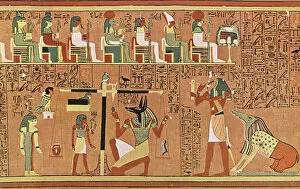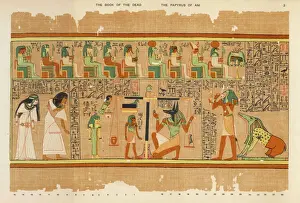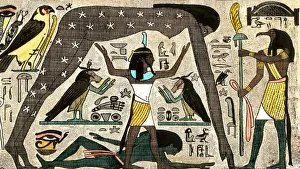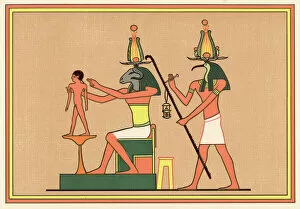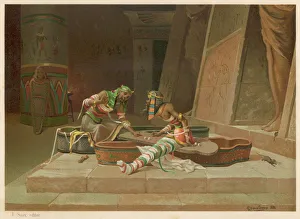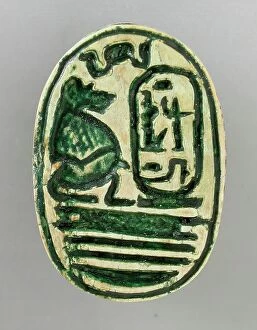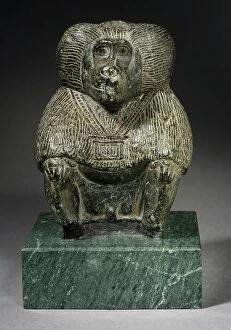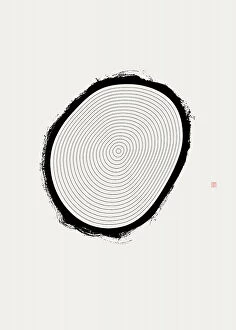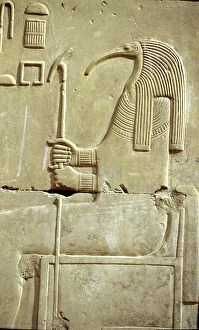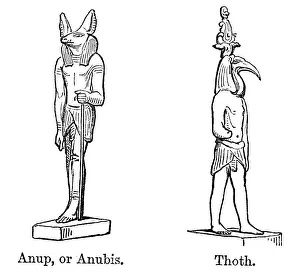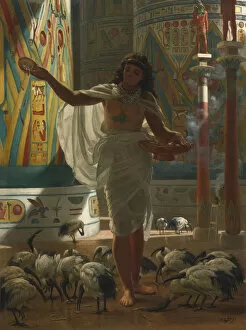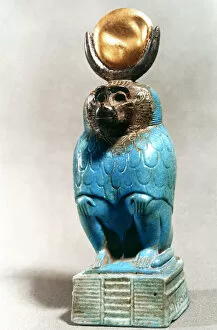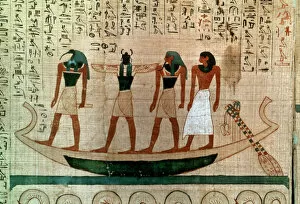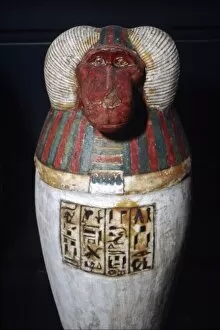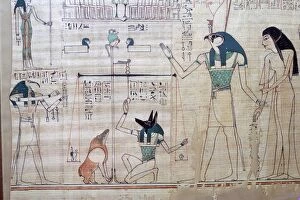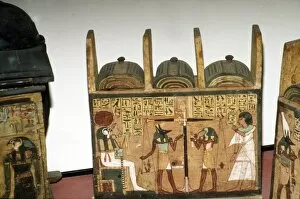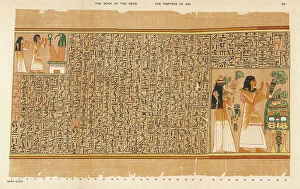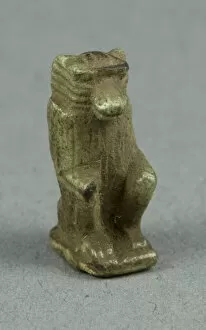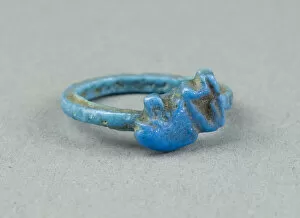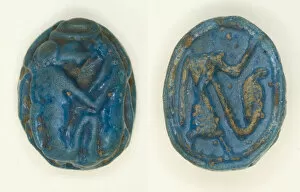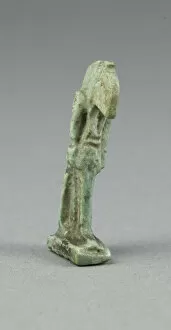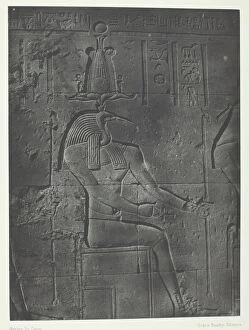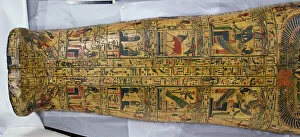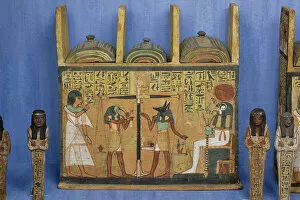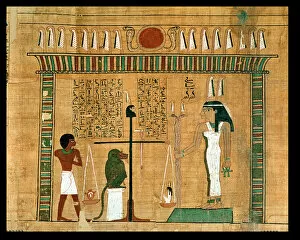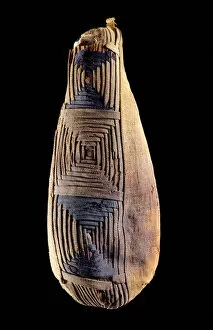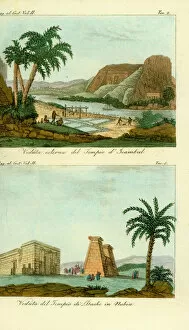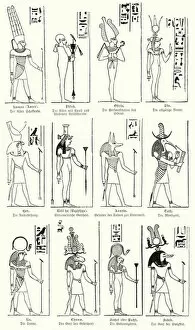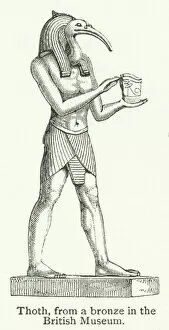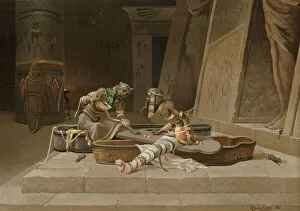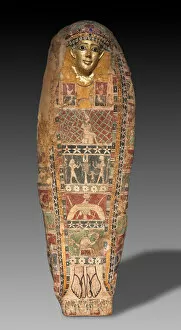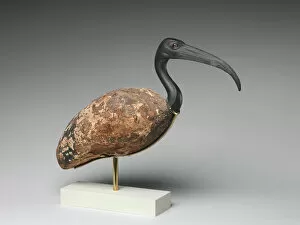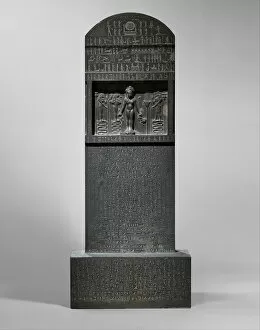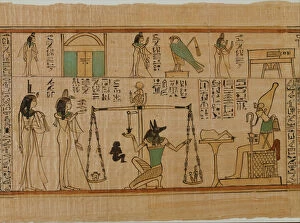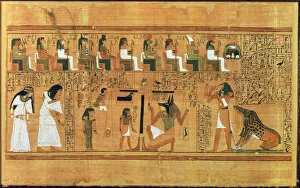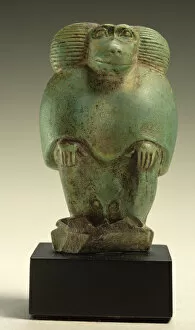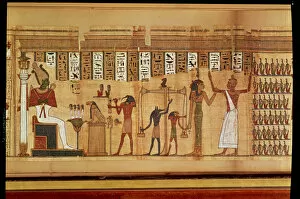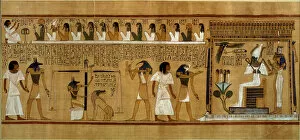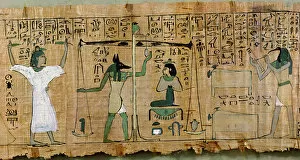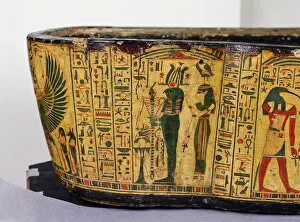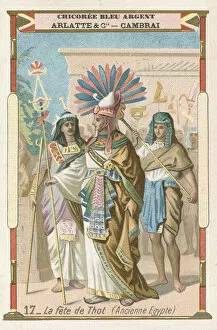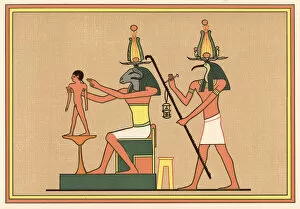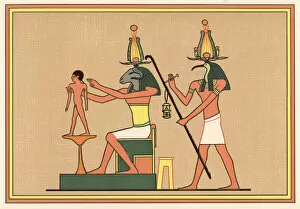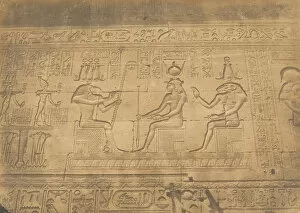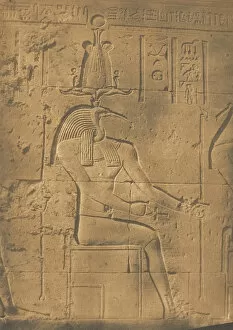Thoth Collection
Thoth, the ancient Egyptian god of wisdom and writing, holds a significant place in Egyptian mythology
For sale as Licensed Images
Choose your image, Select your licence and Download the media
Thoth, the ancient Egyptian god of wisdom and writing, holds a significant place in Egyptian mythology. Depicted in various forms throughout history, Thoth's influence can be seen in numerous artifacts and texts. One such artifact is the Papyrus of Ani (Book of the Dead) - The Judgement. This papyrus illustrates the weighing of the heart against the feather of truth, a crucial moment for every deceased soul seeking eternal life. Thoth plays a vital role as he records this judgment with meticulous precision. In Book of the Dead Plate 3, we witness Thoth alongside other Egyptian deities separating night and day, symbolizing his ability to maintain balance and order in both earthly and celestial realms. Thoth's association with concepts related to man's life is evident in Mummies Dicing. This scene depicts him engaging in games that reflect human existence itself – chance intertwined with destiny. Anubis often accompanies Thoth on their divine missions. Their partnership is beautifully portrayed through intricate artwork like that found on BOOK OF THE DEAD/29 or Evelyn Paul's painting depicting them together as powerful figures guiding souls through their afterlife journey. The sacred Ibis was considered an embodiment himself; thus, Feeding the Sacred Ibis in the Halls of Karnak showcases devotees honoring this deity by offering sustenance to these revered birds within one of Egypt's most iconic temples. Statues portraying it can not limited to his humanoid form but also include depictions where he takes on baboon-like features. One such example is seen in Statue of Ancient Egyptian god Thoth in baboon form or Canopic Jar from 22nd Dynasty – c1550BC-1069 BC showcasing his transformative abilities across different animalistic representations. Finally, perhaps one of the most famous scenes associated with Thoth is depicted during Weighing Of The Heart Of The Deceased Against The Feather Of Truth from The Egyptian Book of the Dead.

